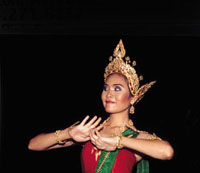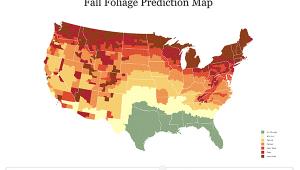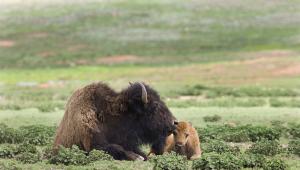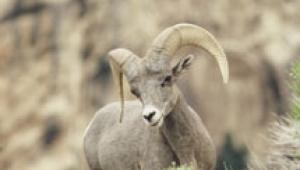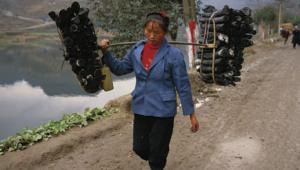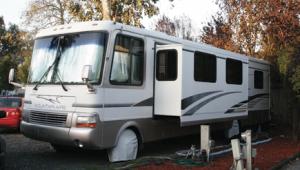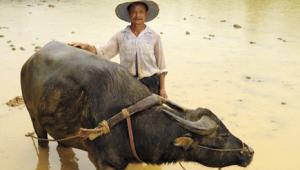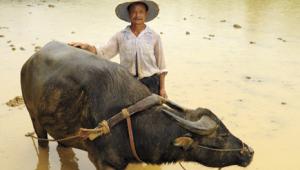Low-Light Shooting
Indoor And Outdoor Tips
Many amateur photographers
have a simple remedy for shooting in low-light conditions--they turn
on their flash units and blast the hell out of a scene or subject. Well,
that technique sure is effective. For a more pleasing and more creative
picture, however, there are several other tips, tricks, and techniques--as
well as a few accessories--that you can use when light levels get low.
Let's take a look. |
|||
Low-light shooting usually
falls into two categories: natural light (daylight) and artificial light
(light from bulbs and lamps). First, let's take a look at natural
light shooting--the kind of light you might encounter in your house on
a sunny day, in a bright building, in the shade, outdoors in the early
morning or late afternoon, and so on. |
|||
If you are not familiar with
"pushing" a film, here's a general guideline: First,
check with your film's manufacturer (the web is a good source of
information) about "pushing," which basically means exposing
a film at a higher ISO setting and then having it processed for that setting.
|
|||
Things get more complicated
for slide shooters (and color print shooters to a lesser degree) when
shooting under fluorescent lamps because there are several type of fluorescent
lamps, and each requires its own type of filtration. Mixed lighting is
a problem, too. |
|||
Camera Support. I
usually like to travel light and leave my tripod at home. When I know
I'm going to be shooting in low light, however, my tripod is an
essential part of my shooting gear. |
|||
In low light a better approach
is to reduce the flash output, which is possible on many of today's
accessory flash units while shooting in the TTL (Through The Lens) automatic
exposure mode. |
- Log in or register to post comments



